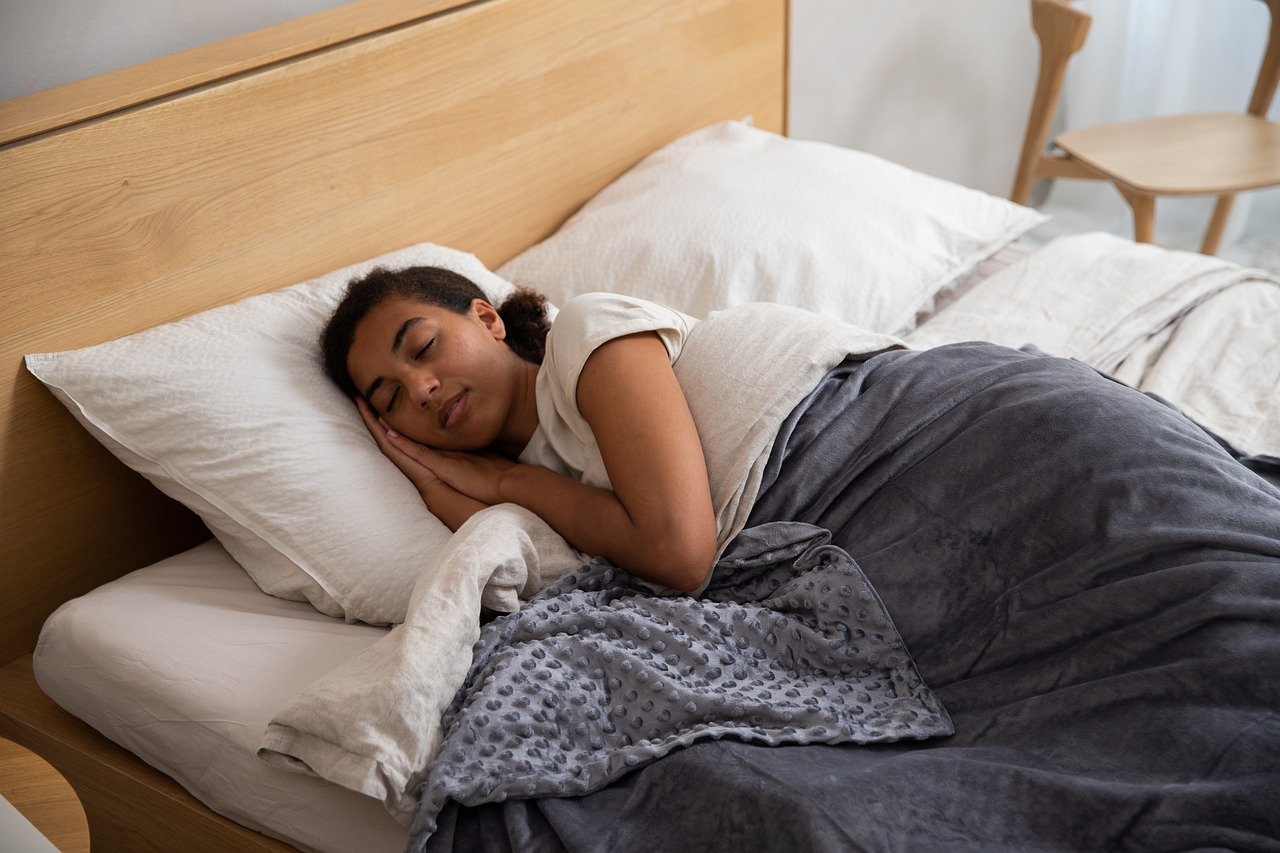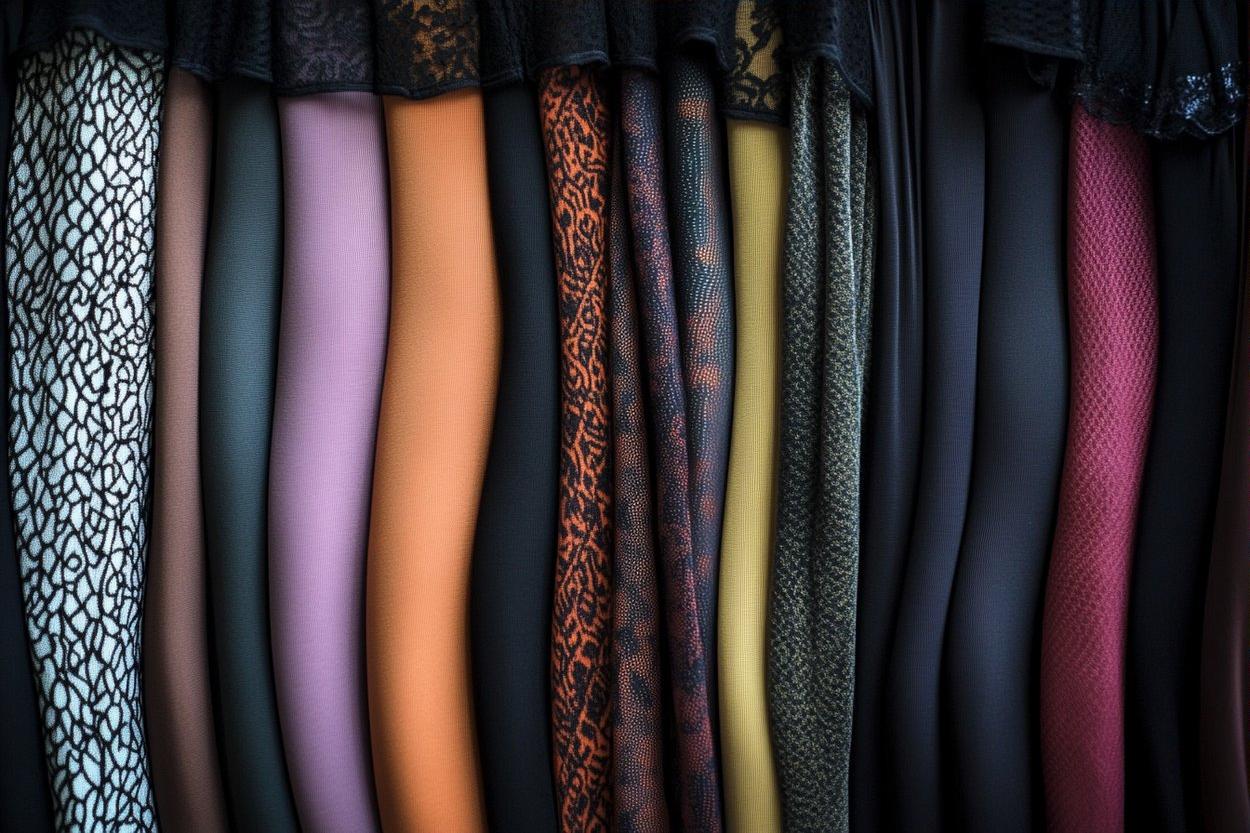Compare Mattresses to Discover Your Best Fit
Finding the right mattress is not just about comfort — it’s about waking up refreshed and ready to take on the day. Australians are increasingly investing in sleep quality, looking for mattresses that match their lifestyle, health needs, and home aesthetics. Here’s how to make an informed choice that truly transforms your nights.

Choosing the right mattress is a decision that affects approximately one-third of your life—the time you spend sleeping. With the average person keeping a mattress for 7-10 years, this purchase deserves careful consideration. Modern mattress shopping offers numerous options across materials, support levels, cooling technologies, and price points. By systematically comparing these factors against your personal needs, you can find a sleep surface that truly enhances your rest quality and overall wellbeing.
Know Your Sleep Style
Understanding how you sleep is fundamental to choosing the right mattress. Side sleepers typically need softer surfaces that allow shoulders and hips to sink slightly while supporting the spine’s natural curve. These sleepers often prefer mattresses with pressure relief in the medium-soft to medium range (4-6 on the firmness scale). Back sleepers generally benefit from medium-firm mattresses (6-7 on the scale) that maintain lower back support while conforming to the body’s natural shape. Stomach sleepers usually require firmer support (7-8) to prevent excessive sinking that could strain the spine.
Beyond position preferences, consider your movement patterns. Combination sleepers who change positions throughout the night need responsive surfaces that don’t create a “stuck” feeling. If you share your bed, motion isolation becomes crucial—look for mattresses that minimize movement transfer so your partner’s nighttime adjustments don’t disturb your sleep. Some manufacturers offer split options or dual firmness designs specifically addressing the needs of couples with different preferences.
Material Matters
The core materials in your mattress significantly impact comfort, support, durability, and price. Traditional innerspring mattresses use steel coil systems providing bounce and airflow but may transfer motion and create pressure points over time. Memory foam contours closely to the body, excelling at pressure relief and motion isolation, though traditional versions can retain heat and offer slower response times.
Latex mattresses, available in natural, synthetic, or blended varieties, provide responsive support with natural cooling properties and impressive durability—often lasting 15+ years. Hybrid designs combine coil support systems with comfort layers of foam or latex, aiming to deliver the benefits of multiple materials while minimizing drawbacks. Newer materials like gel-infused foams, copper-infused layers, and phase-change materials address specific concerns like temperature regulation and antimicrobial properties.
The quality of materials directly affects longevity—higher-density foams and tempered steel coils generally indicate better durability. When comparing mattresses, look beyond the surface marketing to understand the specific materials, their densities, and construction methods that determine how the mattress will perform over years of use.
Temperature and Airflow
Sleep temperature significantly impacts sleep quality, with research suggesting the ideal bedroom temperature for sleep is around 65°F (18°C). Your mattress plays a crucial role in maintaining comfortable sleep temperature through its heat retention or dissipation properties. Traditional memory foam gained a reputation for sleeping hot, as its dense structure limits airflow and the contouring effect increases skin contact with the material.
Modern mattress design has evolved to address temperature concerns through innovative approaches. Open-cell foam structures increase air circulation within the mattress. Gel-infused foams incorporate cooling gel particles or swirl in cooling gel to absorb and dissipate body heat. Phase-change materials actively work to maintain a consistent temperature by absorbing excess heat when you’re too warm and releasing it when you cool down.
Mattress covers also contribute to temperature regulation. Covers made with Tencel, bamboo-derived fabrics, or performance polyester can wick moisture away from the body. Some premium mattresses feature thermal-regulating covers that feel cool to the touch. If you tend to sleep hot, prioritize mattresses with multiple cooling technologies and avoid thick memory foam layers without cooling modifications.
Trial and Warranty
The in-store mattress testing experience rarely reflects how a mattress performs over full nights of sleep in your home environment. This reality has led to the industry standard of sleep trials, allowing customers to test mattresses in their actual sleeping conditions. Trial periods typically range from 100 to 365 nights, with most quality brands offering at least 100 nights to properly evaluate comfort and support.
When comparing trial periods, look beyond the length to understand the fine print. Some companies require a minimum trial period (usually 30 days) before initiating returns, allowing your body time to adjust to the new sleep surface. Return policies vary significantly—some companies offer completely free returns with pickup services, while others may charge transportation or restocking fees.
Warranty coverage is equally important for protecting your investment. Standard mattress warranties range from 10 to 25 years, often with tiered coverage. The most comprehensive protection typically comes in the first 5-10 years as “full coverage” or “non-prorated” periods, after which partial coverage applies with increasing customer responsibility. Quality warranties specifically cover manufacturing defects and abnormal deterioration, including sagging beyond a specified depth (typically 1-1.5 inches). Understand what voids warranty coverage—usually stains, improper support, or removing mattress tags.
Price vs. Value
Mattress pricing spans from budget options under $500 to luxury models exceeding $3,000. While cost often correlates with quality materials and construction, the relationship isn’t always linear. Mid-range mattresses ($800-$1,200 for queen size) frequently offer the best balance between quality and affordability for most sleepers.
When evaluating mattress value, consider cost per year of expected use rather than just the upfront price. A $1,200 mattress lasting 10 years costs $120 annually for better sleep—potentially a worthwhile investment for your health and wellbeing. Also factor in included services like free delivery, setup, old mattress removal, and return policies that can add significant value.
| Mattress Type | Average Price Range (Queen) | Typical Lifespan | Cost Per Year |
|---|---|---|---|
| Budget Innerspring | $500-$800 | 5-7 years | $100-$160 |
| Quality Memory Foam | $800-$1,500 | 7-10 years | $80-$214 |
| Natural Latex | $1,500-$2,500 | 12-20 years | $75-$208 |
| Premium Hybrid | $1,200-$2,000 | 8-12 years | $100-$250 |
| Luxury Airbeds | $2,000-$3,000+ | 8-10 years | $200-$375 |
Prices, rates, or cost estimates mentioned in this article are based on the latest available information but may change over time. Independent research is advised before making financial decisions.
Seasonal sales can significantly impact mattress pricing, with industry-wide promotions around major holidays like Memorial Day, Labor Day, Black Friday, and Presidents’ Day often offering 10-30% discounts. Some manufacturers maintain consistent pricing year-round but include free accessories (pillows, sheets, mattress protectors) during promotional periods, adding value without technically discounting the mattress.
Finding your ideal mattress requires balancing personal sleep needs with practical considerations like budget and warranty protection. By systematically comparing options across sleep style compatibility, material quality, temperature regulation, trial periods, and overall value, you can make an informed decision that supports years of better sleep. Remember that the “best” mattress varies by individual—what works perfectly for someone else might not suit your unique needs and preferences.




